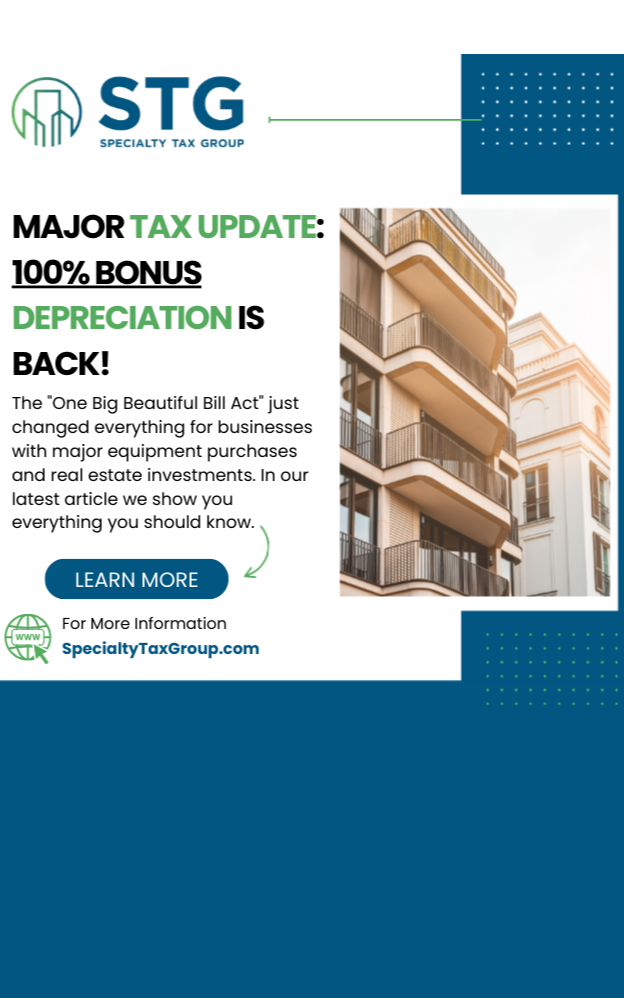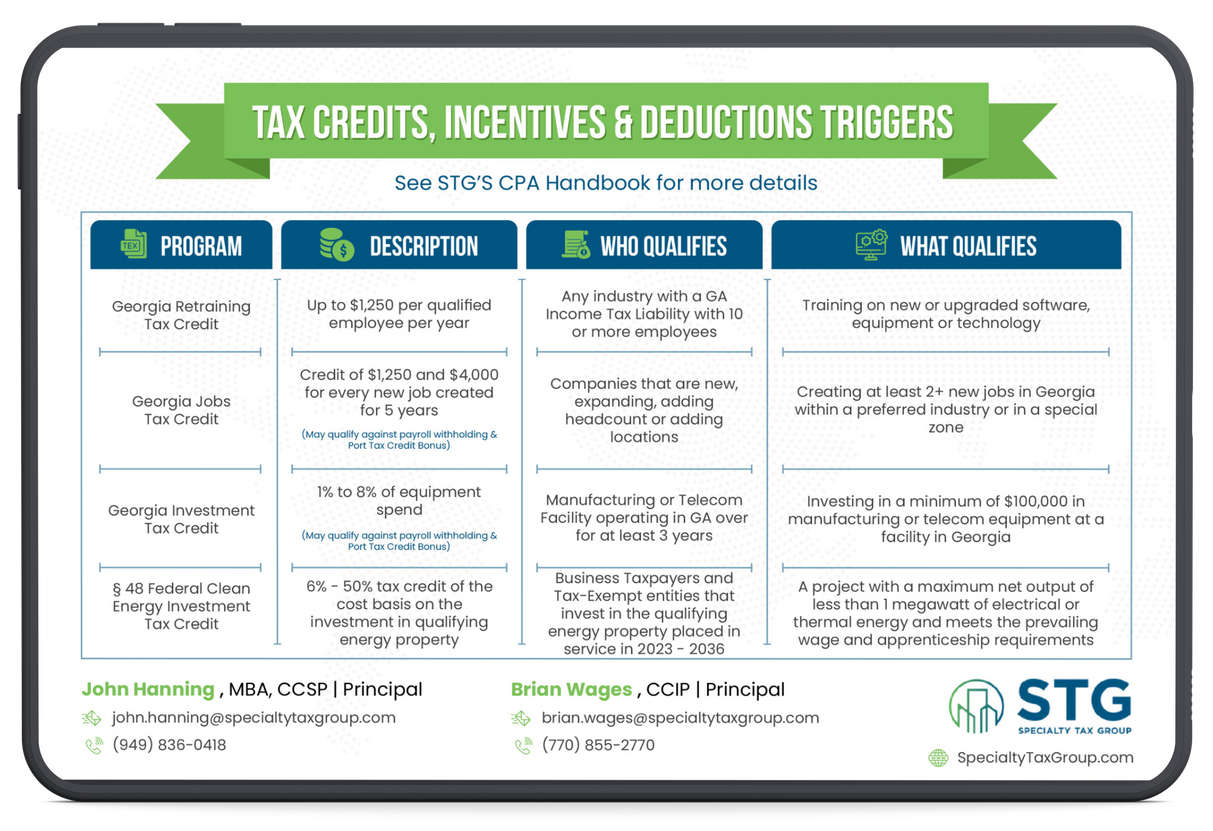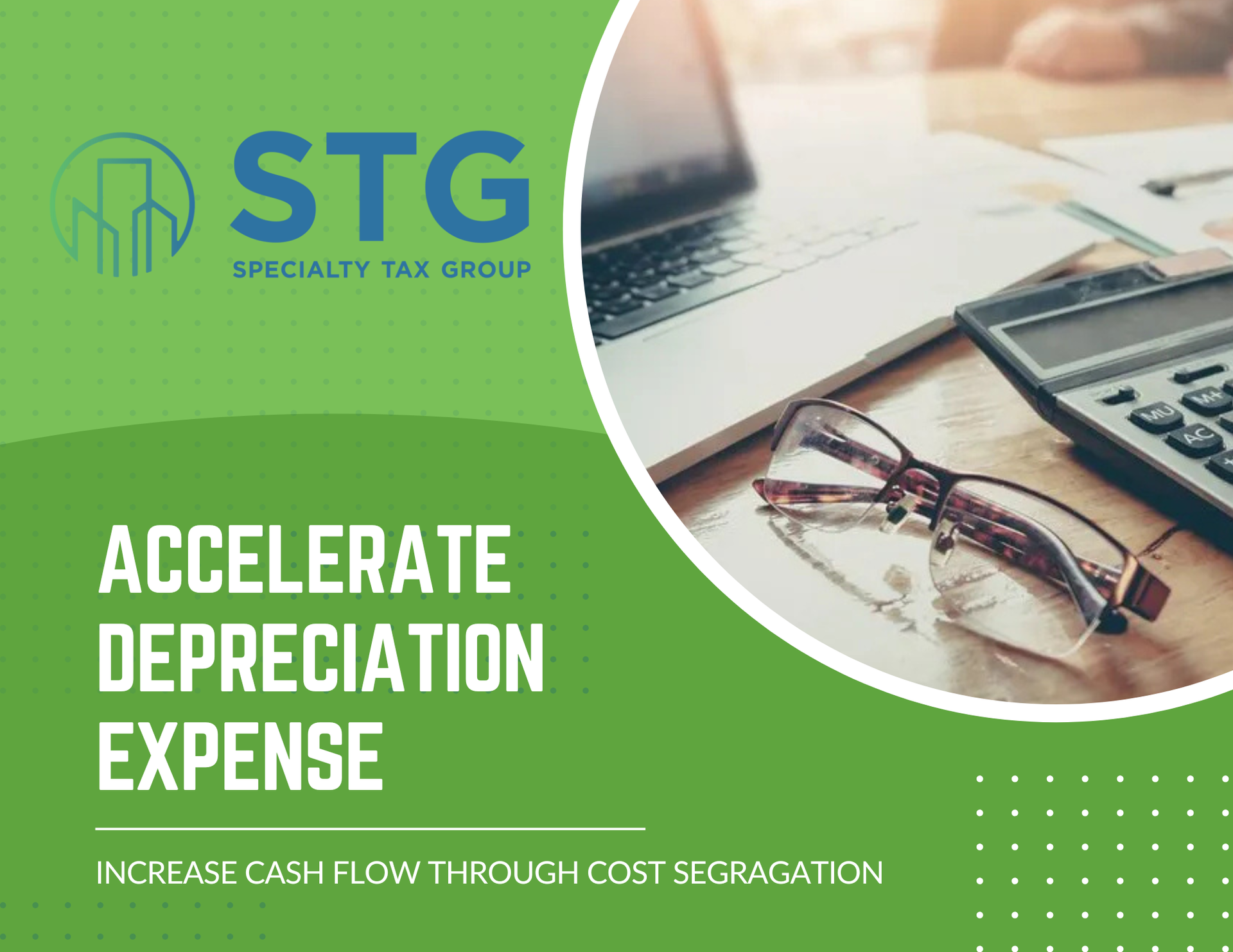This blog post has been researched, edited, and approved by John Hanning and Brian Wages. Join our newsletter below.

Growing your client-based business requires dedication and strategy to ensure you help your clients meet their goals. Your firm can consistently strive to look to further opportunities for growth that benefit your clients. To grow and improve client relationships effectively, developing client opportunity plans can drive ongoing growth through consistent communication and planning.
What are Client Opportunity Plans?
A client opportunity plan is developed to help you identify new opportunities with your current clients through a priority list. The plan involves understanding your client's business and their goals and detailing a strategic plan for how your firm can help get them there. The opportunity plan can go over challenges and provide valuable feedback that helps your business improve quickly to ensure higher client satisfaction.
How to Create Client Opportunity Plans
Developing a client opportunity plan that fosters a strong client relationship while ensuring your offering products and services that help them reach their goals doesn't have to be complicated. Set up a process to ensure you can manage client needs, risks, issues, and opportunities consistently and efficiently to stay on top and meet goals.
Create a Template
Creating a template for your client opportunity plans is the first step to set up a sustainable and functional process to manage your client lists. The template should outline everything you need to know about your client, a summary of their business, areas of risk, and services and products that could meet their needs.
List and Prioritize Customers
Creating a client opportunity plan can take time, and you want to develop a client list and make sure to focus on your top clients first. Your top clients are dependent on your business's goals, whether it's the highest growth opportunity or the biggest financial partner. You want to develop a plan that makes sense for your business.
Schedule Meetings with The Client and Internally
Meeting with the client is essential to establish a foundation for a strategy's success and learn more about its goals. This meeting sets up you and the client to discuss goals, challenges, and expectations to identify better any problems and how to solve them.
The meetings should be recurring and can be held as often as you need to help you and your team keep you on track and keep the conversation going. Document any important action items and track these as you move through your opportunities plans.
After meeting with the clients, ensure you have touch-base meetings with your team to review the action items and delegate any necessary tasks.
Collect Feedback
Feedback is essential through the evolution of the client opportunity plan. As you consistently meet, you can gather important information on struggles, discuss any needed changes or pivots, and evaluate the progress for long-term goals.
Client opportunity plans create a higher level of collaboration and build stronger relationships. Your goal is to make your client's needs a top priority. You can help your clients meet their goals and provide solutions through consistent efforts and driving growth.
Specialty Tax Group can partner with your business’s tax team to help you identify unique and beneficial tax savings and refund opportunities. With our extensive team of knowledgeable professionals, we work to create fully developed and comprehensive solutions tailored to each client. Contact us today to discuss how our team can help you.
2024 Tax Guide





